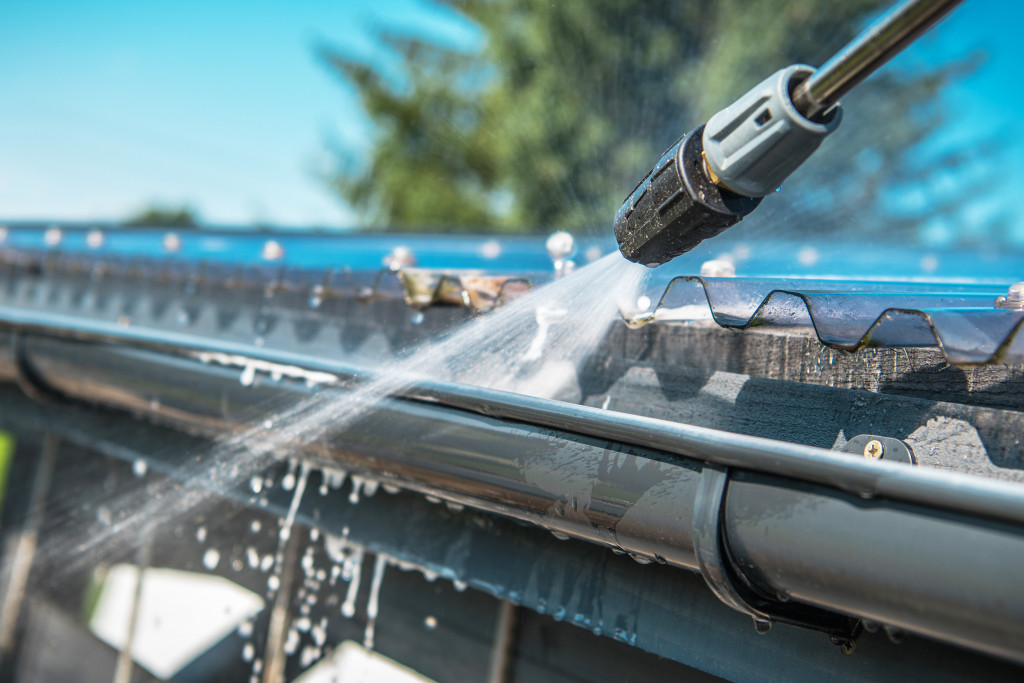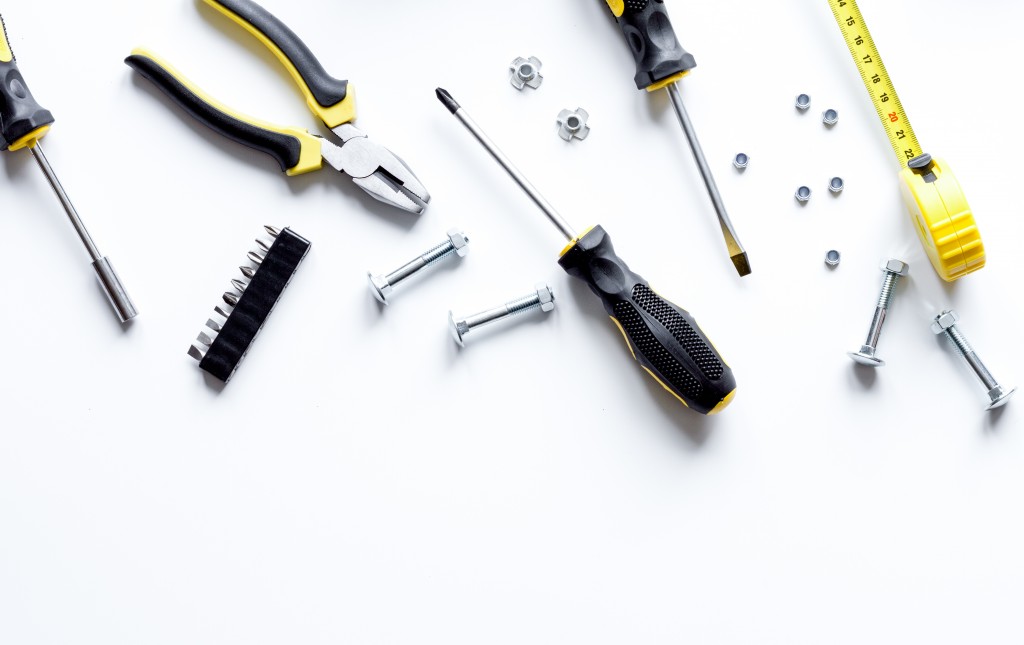The roof is an important part of any home because it’s a family’s first defense against environmental elements such as rain, wind, snow, and sunlight. It’s supposed to be durable, able to endure the hottest summer days and coldest winter days. However, it’s also prone to damage.
Typically, roofing materials have the capacity to last for about 20 years. But aside from weathering, they can be easily damaged by other factors that can be controlled. Some homeowners fail to take care of their roofs or do not know how to properly maintain them.
Worse, repairing and replacing roofing will be very expensive. Although it’s a lot of work, homeowners will not regret putting in the time and effort to protect their roofs.
Here are the top five ways to protect your roof from damage:
Inspect it Regularly
To avoid huge repair and replacement costs, inspect your roof on a regular basis. Look out for any sign of leakage or signs that water is already seeping into the house. Check for leaks coming from vents, chimneys, and skylights. If you notice damaged areas, address them immediately before the problem gets worse.
Inspect it from time to time for any signs of damage. Look out for discoloration on your roof surface, which could indicate the presence of fungus or algae that can cause permanent staining. Insects are another tell-tale sign that there’s something wrong with your roof.
When inspecting your roof, check for loose tiles or shingles. Make sure that all nails and screws are properly fastened.
Don’t assume that your roof will last for the rest of your life just because it was new when you first moved into your home. Your roof may still need protection after a year, especially if you live in an area where it rains most days of the week or if you have trees around your home whose branches can easily damage the roof’s surface.
Remove Nearby Tree Branches
Tree branches can easily damage your roof, especially during windy days. Keep them away by maintaining a healthy distance between the trees and your home’s exterior walls. Trim small branches that seem close to breaking loose from their connection with the trunk of the tree. If there are bigger branches near your roof, have them removed immediately!
Removing branches will also reduce the number of leaves that fall and accumulate onto your roof. Leaves, although light, can trap water which can cause leaks. You must also remove decaying leaves because they can damage the roof’s surface.
Clean the Gutters
Don’t forget your gutters. The gutters are attached to the roof and, therefore, if they are not clean, they may damage the roof’s surface. If you just ignore this part of your home exterior, leaves, birds’ nest, trash, and other debris may pile up and cause the whole structure to collapse. The gutter may take with it a chunk of the roofing material.
You should also regularly check your gutters for any signs of damage. Make sure that there are no holes or broken seams so rainwater won’t sneak in through the chinks.
Many homeowners install seamless gutters which are covered and prevent leaves from creating a blockade.
Replace Damaged Parts
As early as now, replace roofing materials that show signs of wear and tear such as cracks and dents. If the problem is not addressed immediately, it will only get worse over time, causing all sorts of damage to your home’s exterior walls.
Regularly inspect your roofing materials for any loose or damaged parts. Replace these as soon as possible before they cause even more damage.
Use Quality Roofing Materials

Using quality roofing materials is the best way to ensure that your roof will last for many years. If you want to replace your roof, don’t just settle for cheap products because they are cheaper. Instead, invest inexpensive but high-quality materials that are long-lasting and durable.
The roof’s material should also be energy efficient so heat from the sun won’t have a hard time penetrating it during hot days. Look for products that are lightweight yet strong enough to withstand extreme weather conditions.
You should also consider your roofing material’s color to prevent it from getting too hot or absorbing too much heat. Avoid dark-colored materials because they absorb the sun’s rays more than lighter colors do. If you want a cool roof, choose light tiles or materials that are designed to reflect heat.
A well-maintained roof can last for many years if the right precautions are taken. In this article, we have discussed the top five ways to protect your roof from damage.



